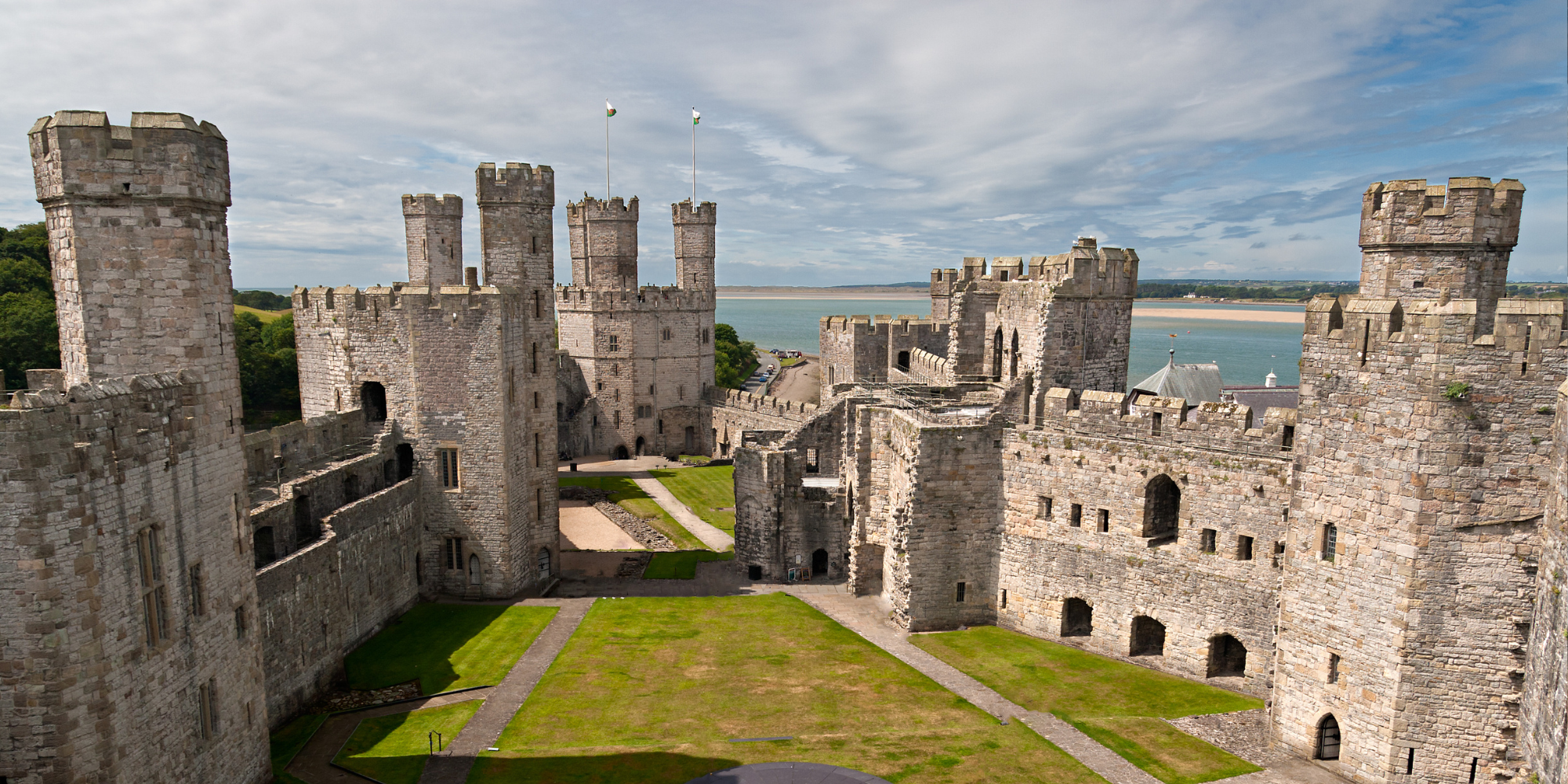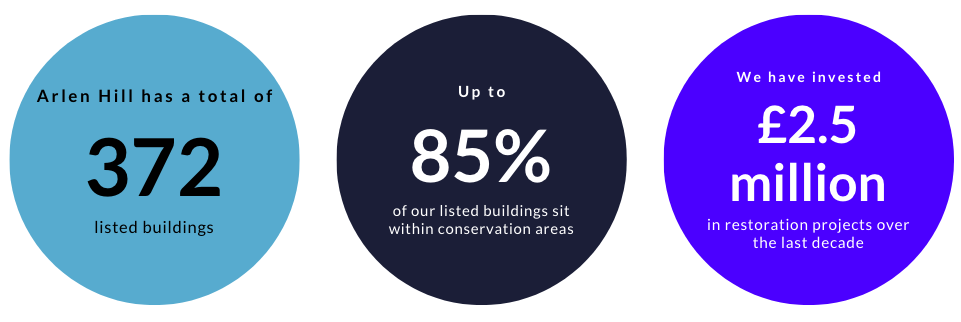Issues and options
Heritage
This section emphasises the significance of heritage assets and outlines policies and strategies to manage them effectively.

Find the key elements that we propose to include in the heritage section of our Local Plan:
Identification of heritage assets:
- Define and identify various heritage assets within the local area, such as listed buildings, conservation areas, archaeological sites, historic parks, and landscapes.
Heritage significance assessment:
- Provide a methodology for assessing the significance of heritage assets.
- Consider the historical, architectural, cultural, and archaeological importance of different assets.
Listed buildings:
- Outline policies for the protection and preservation of listed buildings.
- Specify criteria and procedures for listing and de-listing buildings.

Conservation areas:
- Define policies for the designation and management of conservation areas.
- Encourage sympathetic development within conservation areas while preserving their character.
Archaeological sites:
- Address the protection and management of archaeological sites and finds.
- Establish processes for assessing and mitigating the impact of development on archaeological remains.
Heritage at risk:
- Identify heritage assets that are at risk and propose measures for their conservation and restoration.
View our current listed buildings:
This is an interactive map.
Adaptive reuse and regeneration:
- Encourage the adaptive reuse of heritage assets for new purposes to ensure their continued viability.
- Promote heritage-led regeneration projects.
Public access and education:
- Support policies that enhance public access to heritage assets.
- Encourage educational initiatives to raise awareness about local heritage.
Preservation of views and settings:
- Protect important views and settings of heritage assets.
- Establish policies to prevent inappropriate development that could harm the visual context of heritage sites.
Historic landscapes and parks:
- Outline policies for the protection and enhancement of historic landscapes, parks, and gardens.
- Consider the contribution of green spaces to the overall heritage character.
Heritage impact assessment:
- Require developers to undertake heritage impact assessments for proposals affecting heritage assets.
- Provide guidelines for assessing and mitigating the impact of development on heritage significance.
Heritage enforcement and monitoring:
- Define procedures for enforcing heritage-related regulations.
- Establish monitoring mechanisms to track changes in the condition of heritage assets.
Community engagement:
- Encourage community involvement in the conservation and management of heritage assets.
- Seek public input on proposals affecting local heritage.

Policy coordination:
- Ensure coordination with other planning policies to integrate heritage considerations into broader development strategies.
International heritage commitments:
- Acknowledge and implement commitments to international heritage conventions and agreements.
This heritage section aims to balance the need for development with the preservation of the local historic and cultural identity. It reflects the commitment to sustainable development that respects and enhances the heritage assets that contribute to the character and identity of the local area. The specifics may vary between different local plans, but these are common themes found in heritage sections across the UK.
Downloadable PDF for heritage
Your browser does not support inline PDF viewing. Please download the PDF.
